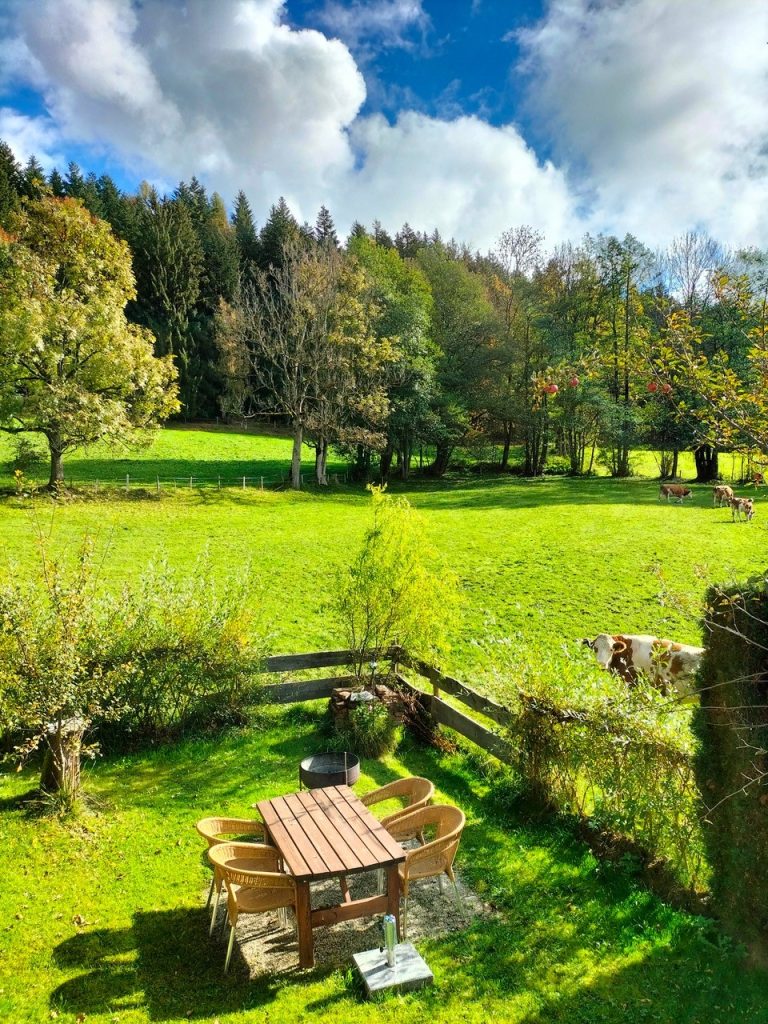In order to cover the topic of this article, it is mandatory to realize that the prepping movement in the US is unavoidably different (and distant) from the Old World. Preppers from the United States are still seen as a massive inspiration to Europeans when it comes to a prepardeness and bugging-out mentality.
Nonetheless, Europe has to deal with noticeable elements of disparity related to:
- geographical features
- population
- availability of resources
With these differences, it is obvious that similar shadowing habits, purchases, and a similar mindset aren’t possible… or even allowed. In the upcoming paragraphs, we will unveil how features of Europe influence the mentality and the choices of preppers in the Old World and why.
European Preppers and European Threats
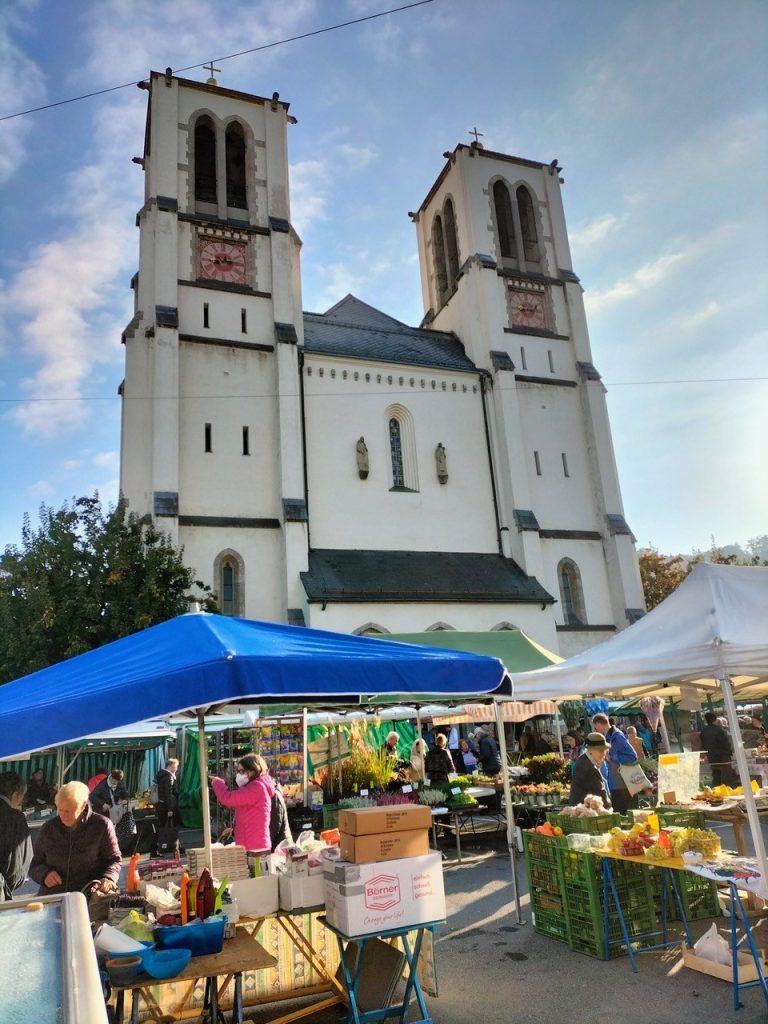
Metropolitan Overgrowth
The first main discrepancy is the fact that Europe consists mostly of built-up areas with a dense population (and, very often, overpopulation, mostly concentrated in big cities).
Even at an altitude of more than 13,000 feet, towns and villages happen to be quite interlaced with each other. The urban dimension is, consequentially, pretty ubiquitous.
If you drive outside the city for, let’s say, for about 31 miles, you will head directly into the very next urban center, not exactly somewhere in the middle of nowhere.
Different Legislation
Laws related to the legal detention of weapons can vary a lot from country to country, so you need to put yourself into the mindset that even carrying a pocketknife can be considered a violation in some countries.
In Italy, for example, you are only allowed to carry a blade in a backpack positioned in the back of your car. Not exactly within easy reach.
Plus, hunting is restricted only to authorized reserves. If you don’t have the appropriate license and compliance, you aren’t even supposed to enter them.
Stockpiling Food
Expiration dates in Europe are limited to a short period of time since the legislation on food is very stiff and firm. Additionally, preservatives have been banned since 1970.
Besides that, you can always dedicate yourself to farming and, by doing so, stockpile dry foods or continually grow your food by taking advantage of your knowledge on planting, harvesting, and seed collecting. The most serious problem you have to deal with is urban pollution, a big problem all over Europe, especially in the vicinity of any metropolitan area.
Prepping Strategies in Europe
It is more than crystal clear that being a prepper in the Old World can’t be more distant from being a prepper in United States.
The discrepancies explained above have always been hard to handle, especially if we look at them in the specific perspective of “surviving together.” For this specific reason, some European preppers (myself included) have opted specifically for a solitary style of prepping, extending the sharing of preparedness, teachings, and skills only within the family, which appears to be the only possible way to go.
10 Best Locations and Why
If your curiosity about the benefits the Old World could offer has been drummed up by the previous paragraphs, it is more than obvious to make a list the 10 best locations to bug out in Europe.
Even if the spaces here are ruthlessly narrow, there are still some good places which are proven to answer to the main requirements in order to be considered good bug out places for your family.
These requirements are that the place be:
- secluded
- containing resources
- convenient
- sheltered
I am sure that all of you have your own detailed list of additional elements to think about, like the presence of nuclear stations.
When I was making this list, I was struggling with the idea of talking about areas in Europe I never lived in, or even visited. For this reason I decided to go with the real thing, speaking about locations I have really gotten familiar with because it is the best way to provide a full overview while sticking to the reality of these places.
So, these are my personal choices.
My rating is based on the following criteria:
- position
- natural elements of shelter
- natural resources
- potentialities to farm animals
- potentialities to grow food
1. Stara Fužina, Slovenia
Located in the northwestern part of Slovenia, this small settlement (around 570 population), protected by the Alps, is a real paradise of resources: acres of beech forests, pines, and junipers and a nice, extended prairie which overlooks the crystalline Bohinj Lake offers the possibility to farm different kinds of animals.
2. Giswil, Switzerland
In the core of Kantons Obdwalden, this municipality of 3600 inhabitants appears to be a very good choice in case of bugging out. A peaceful settlement, not too far away from Sarnen Lake and Luzern as well, it offers a sustainable life which has always been focused on farming and plantations.
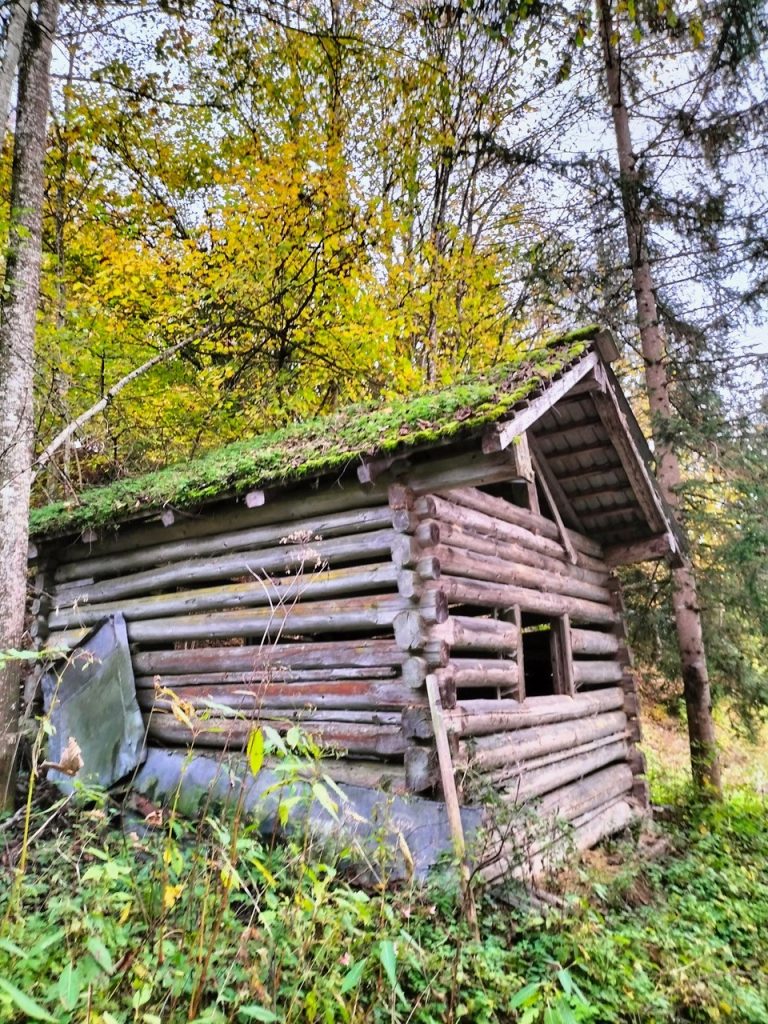
3. Telč, Czech Republic
Known to be the Venice of the Czech Republic, this small, lovely town is placed in the Jihlava Distric, the Southern Vysočina Region of the Czech Republic.
Founded back in 1099, the importance of Telč during the centuries is connected to the presence of several small lakes which allowed constant fertility of the surrounding area. The existence of two large backwoods areas (northwestern and southeastern) is another plus when it comes to finding an effective bug-out place in the middle of the forest.
4. Weiler bei Monzingen, Germany
Sweet prairies, medieval roots, an abundance of rivers and majestic forests (and consequentially, abundance of game), Weiler bei Monzingen, placed in the north of Germany, has all the requirements to be a pearl of resources. Temperatures aren’t even too harsh, making the winter bearable: the presence of grapevine cultivation proving that.
5. Sauris, Italy
Like a gem set in the core of Dolomiti Friulane, this small village deals nowadays with a past tied up to Austrian domination. If you like chalets, freezing air and you cannot live out of the natural shelter of high mountains, this is the right place to bug out. Forests of high pine trees and steep slopes provide the natural means to get out a living off it.
6. Sachensburg, Austria
Located in the south of Austria, it doesn’t take too much to understand how Sachensburg, overlooking the Drau River in Carinthia, looks like a safe place to start building your bug-out place. The neighboring countries (Italy and Slovenia) are easily reachable in less than one hour, through dense and rich forests of pines.
7. Dolsk, Poland
Located in the Greater Poland Province (the western area of the state), Dolsk mostly consists of an abundance of extended, fertile fields and thick forests.
The presence of two big lakes, Dolskie Wielkie and Dolskie Małe, is a noticeable resource of this town, but the constant presence of mosquitoes (very common in such areas) can be a detractor.
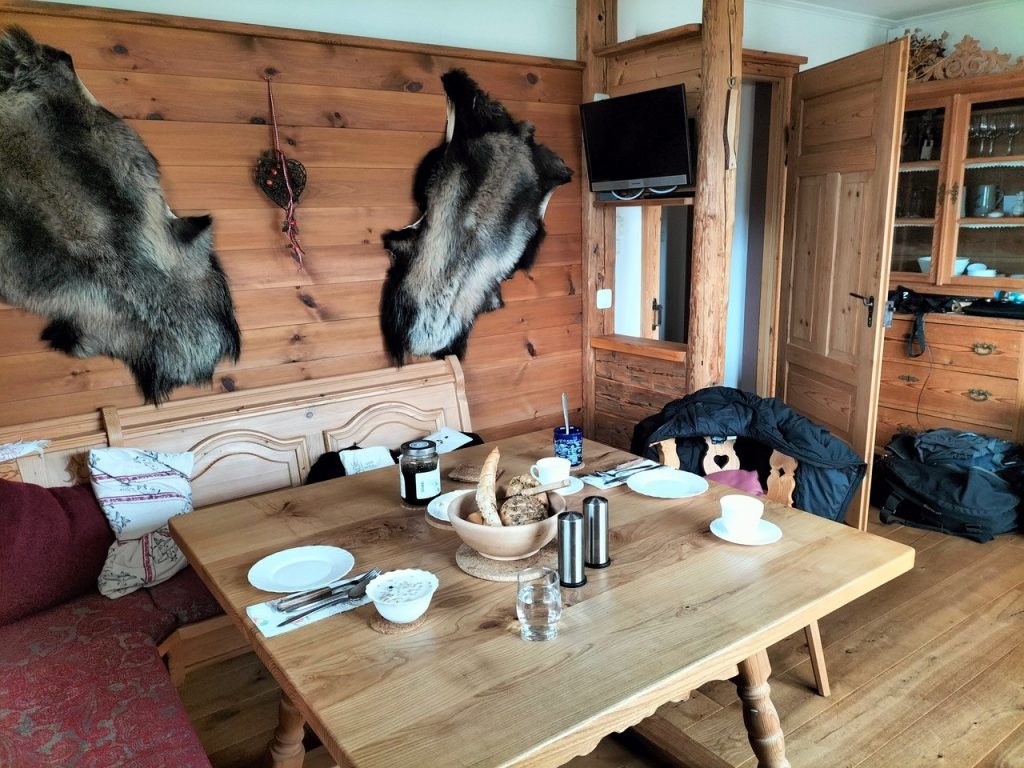
8. Bazsi, Hungary
Village in Veszprém county, nearly 430 in population, has lots in common with Dolsk. The Veszprém county is surely one of the most attractive in the whole of Hungary, due to the presence of the Bakony hills and the northern shore of Lake Balaton.
Planting and farming here has been attractive for a lot of Germans who have decided to relocate here in recent years.
9. Aínsa-Sobrarbe, Spain
Close to majestic the Pyrenees Mountains and located in the province of Huesca, Aragon, this rural town of around 2200 inhabitants is perched on a hill protected by the natural shield offered by the high peaks. The surrounding area is not exactly a fertile one, but you can still make a living out of it with game. Cultivation is possible in some sporadic fields you can take advantage of.
10. Albertville, France
Placed in the Savoie department, the Auvergne-Rhône-Alpe region in southeastern France Albertville was founded in 1836 thanks to the confluence of the river Arly with the Isère. It is a safe spot, home for the Olympic games back in 1992, but mostly an industrial center. Maybe a little too overgrown if you are looking for something more rural and secluded, but on the borders of the town itself you can still find some good spots to bug out safely.
Conclusions
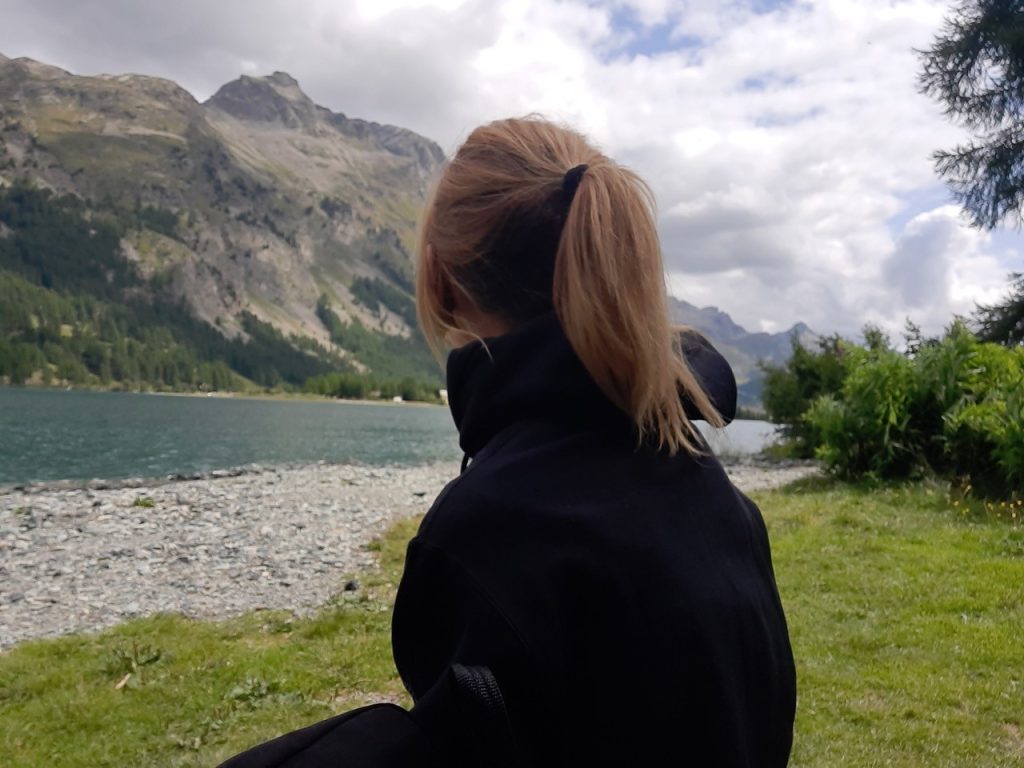
Bugging out isn’t only about relocating. You need to investigate deeply about a specific place before taking the decision to move in.
Historical facts can help us a lot with that: records of flash floods which involved a particular area, for example, can quickly provide us an idea if a lovely village does represent an actual good spot or – in the worst case – needs to be discarded immediately.
Falling in love with a postcard picture is always a thing to avoid. In fact, nothing but living in a place for a considerable amount of time – and, let me underline this, in different seasons – can provide you all the necessary knowledge to mark it as a good bug-out location or not.
As mentioned before, the list I assembled is a personal one, formed from my experiences, considerations, and expectations. Every time I have the chance to visit and explore an area due to my job as a tracking instructor, I always put to use the lessons on prepping I have acquired over the years, asking myself several crucial questions:
- Is this place safe?
- Does the position give me a benefit?
- Is the area good enough for farming?
- Are the backwoods a reliable resource?
And so on.
I can clearly recall that, around my twenties, I fell in love with the city of Berlin. Well, who wouldn’t? It is certainly a fascinating capital, and at that time pretty hectic in terms of artistic movements. But let me be 100% honest with you all. Unfortunately, art is not a resource when it comes to bugging out.
A secluded place with renewable resources and a natural shelter offered by the presence of high peaks surely is and will be.

